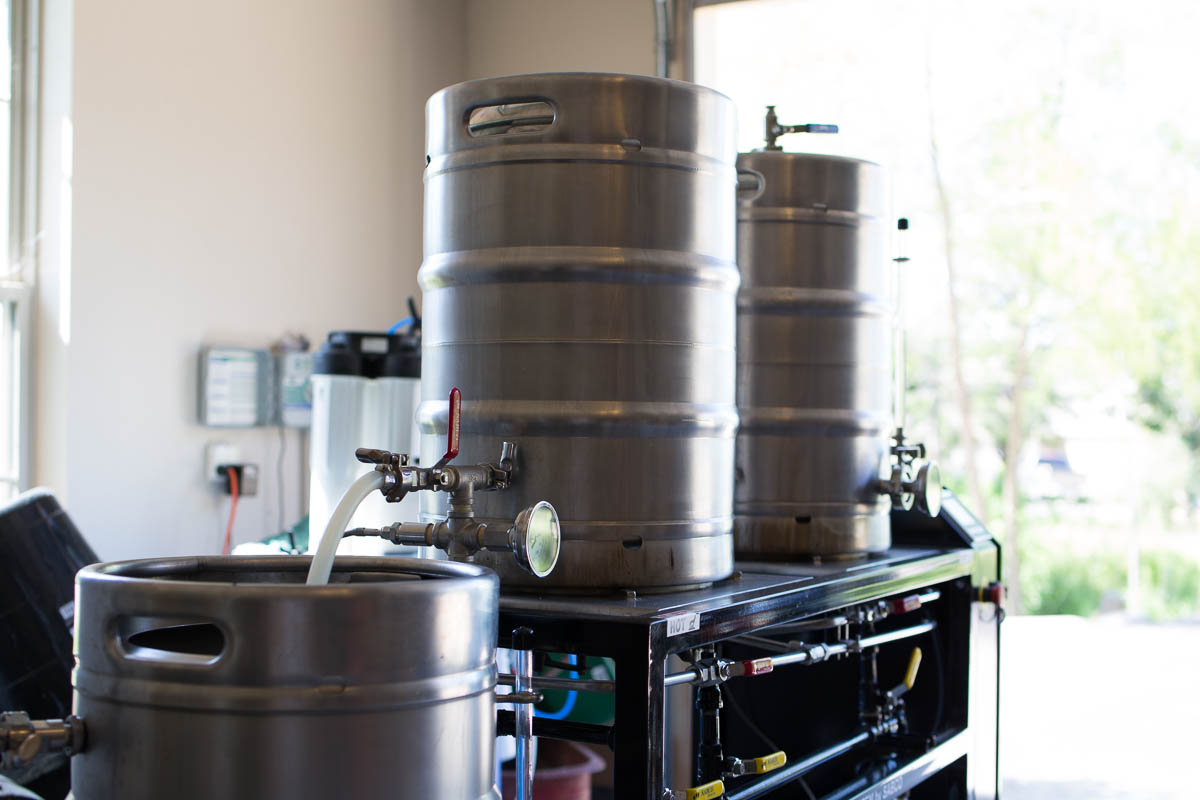Brew-Magic

Sabco Brew-Magic V350M (2011)
I brew on a Brew-Magic system. Below are articles and posts that may help you get up and running, address some key techniques, as well as a variety of upgrades. The V350M is a hybrid RIMS system, featuring 3 kettles with direct fire, a RIMS tube and pump that allows for continuous recirculation. The kettles are "new" Sabco keggles, and the Mash Tun and Boil Kettle contain false bottoms. Some of the upgrades I have made include false bottom stands (from Jaybird), a whirlpool line for the BK, Loc-line for circulation and lauter. Sabco upgrades include the latest software for the PLC (I did not opt for the wireless feature) and the site glass on the circulation return plumbing.
Please feel free to ask any questions. I am happy to answer what I can. I am not affiliated in anyway with Sabco.
[catlist name=brew-magic-2 orderby=date order=asc]
